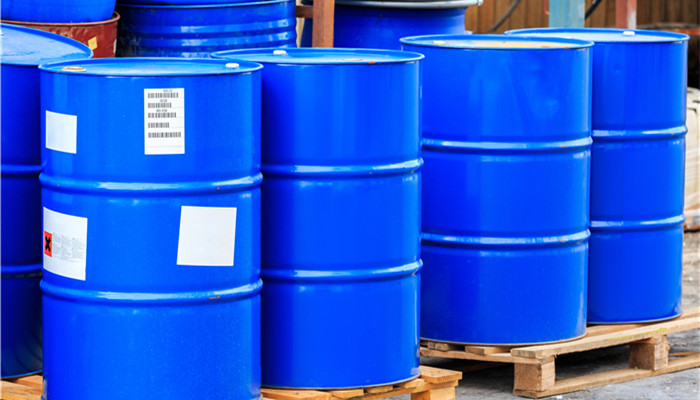
China’s hydrogenated nitrile rubber industry narrows the gap with global leading companies. Industry companies actively promote import substitution
Hydrogenated nitrile butadiene rubber (HNBR) is the product of selective hydrogenation of butadiene units in the nitrile butadiene rubber (NBR) molecular chain. Hydrogenated nitrile rubber shows excellent resistance to lubricants, fuel oils and aromatic series solvents, that is, it has good oil resistance; at the molecular structure level, the saturation degree of hydrogenated nitrile rubber structure is relatively high. This gives hydrogenated nitrile rubber better heat resistance. In addition, hydrogenated nitrile rubber has good corrosion resistance against alkaline, acidic, Freon and other substances and excellent ozone resistance. In addition, hydrogenated nitrile rubber also has physical properties such as high strength, good tearing performance, and excellent wear resistance. It is one of the rubbers with excellent comprehensive performance. Therefore, sealing rings, gaskets, hoses, rubber sleeves, gaskets and other products produced from hydrogenated nitrile rubber are widely used in automobiles, aerospace, ships, oil fields, nuclear power, machinery and equipment and other industries.
The development and application of hydrogenated nitrile rubber began in the 1970s. In the 1980s, Bayer realized the industrial production of hydrogenated nitrile rubber and applied it to the aerospace field. In the 1990s, Japan’s Zeon applied hydrogenated nitrile rubber to the automotive industry. Hydrogenated nitrile rubber has thus entered the civilian field. Due to its early development in the field of hydrogenated nitrile rubber, Japan’s Zeon has accumulated rich technology and enjoyed a good reputation in the industry. It has become a short-seller in the global hydrogenated nitrile rubber industry. Its hydrogenated nitrile rubber production capacity and output account for nearly half of the world’s share. Bayer is the world’s second largest supplier of hydrogenated nitrile rubber, following Japan’s Zeon. According to the released “2021-2024 Global Hydrogenated Nitrile Rubber Industry In-depth Market Research and Key Area Research Report“, in 2020 , the global hydrogenated nitrile rubber production capacity is nearly 30,000 tons, of which Japan’s Zeon and Bayer hold the majority of the market share, and international chemical giants such as the Netherlands’ DSM also have certain hydrogenated nitrile rubber production capabilities.
Research on hydrogenated nitrile rubber in China is relatively late. In the 1990s, scientific research institutes such as Beijing University of Chemical Technology, Jilin Petrochemical Institute, and South China Institute of Technology conducted research on hydrogenated nitrile rubber. In 2010, Zannan Technology developed hydrogenated nitrile rubber. And finally achieved mass production, Dawn Technology also realized the industrial production of hydrogenated nitrile rubber, and, stimulated by market demand and import substitution, actively expanded production capacity, promoting the development of China’s hydrogenated nitrile rubber industry.
Analysts believe that at present, China’s automobile, aerospace, machinery and other industries continue to develop, and the demand for hydrogenated nitrile rubber is relatively large. However, limited domestic production capacity cannot meet market demand, and the huge market gap needs to be filled through imports. In the context of the Sino-US trade dispute and the spread of the COVID-19 epidemic, China’s hydrogenated nitrile butadiene rubber downstream industries are at greater risk of being cut off. China’s hydrogenated nitrile butadiene rubber, represented by Dawn Technology and Zhejiang Zansheng New Materials, has positive demand Expand and release production capacity, increase technology research and development, and improve product performance to achieve import substitution as soon as possible and enhance the independent capabilities of high-tech materials.

 微信扫一扫打赏
微信扫一扫打赏

